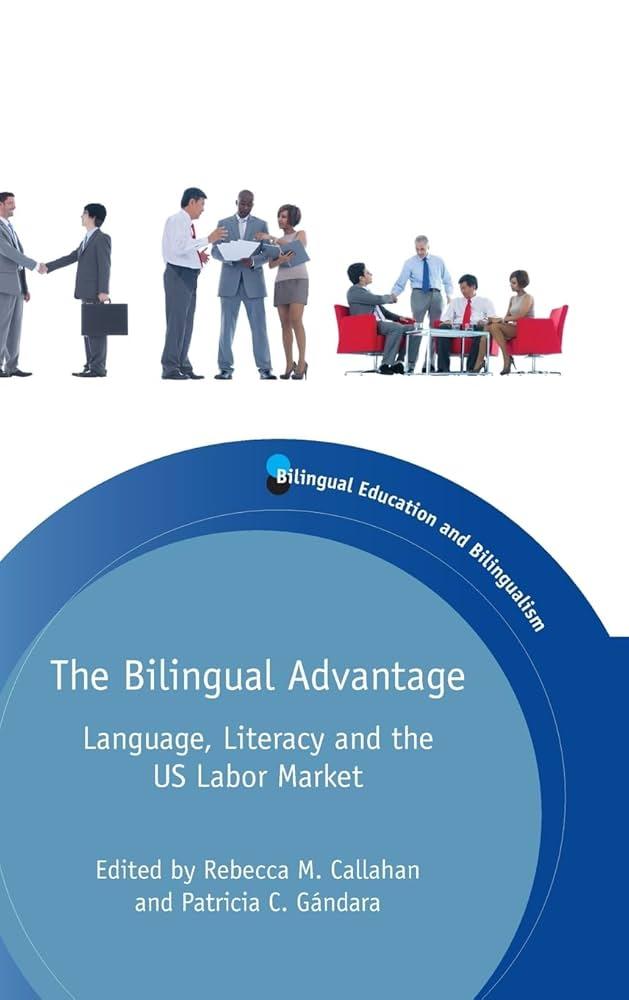Expanding Horizons: The Rising Importance of Bilingual Education in the U.S.
Demographic Shifts and Economic Drivers Fueling Bilingual Education Growth
The increasing interest in bilingual education across the United States is closely tied to the nation’s changing population dynamics and economic demands.As immigrant communities continue to diversify and expand, school systems nationwide are adapting by incorporating bilingual curricula that address the needs of multilingual learners. This evolution reflects not only demographic realities but also a strategic response to the global marketplace, where multilingualism is a prized asset.
Parents and educators alike acknowledge that mastering more than one language enhances mental agility, cultural empathy, and opens doors to a wider array of career paths. Actually, industries such as finance, healthcare, technology, and hospitality are actively seeking employees who can navigate multiple languages and cultural contexts. This has led to a surge in dual-language immersion and language-enriched programs designed to prepare students for a competitive global workforce.
| Advantage | Effect |
|---|---|
| Boosted Cognitive Skills | Enhanced multitasking and analytical thinking |
| Heightened Cultural Awareness | Improved empathy and cross-cultural communication |
| Expanded Career Prospects | Access to diverse job markets and increased earning potential |
| Stronger Academic Performance | Elevated scores on standardized assessments across disciplines |
Overcoming Obstacles: Challenges in Delivering Quality Bilingual Education
Despite the clear benefits, many schools face significant barriers when implementing effective bilingual education programs. A primary challenge is the shortage of educators who are not only fluent in multiple languages but also trained in specialized teaching methodologies.This gap often results in overcrowded classrooms or reliance on instructors lacking adequate readiness, which can undermine student progress.
Financial limitations further complicate efforts, restricting access to extensive teaching materials and immersive language experiences.Additionally, resistance from some community members who favor English-only instruction can stall program development or reduce its effectiveness. Tailoring assessments to accurately measure language proficiency and providing ongoing professional development for teachers also place additional demands on school resources.
- Educator scarcity: Difficulty attracting and retaining qualified bilingual teachers.
- Budgetary restrictions: Insufficient funding for curriculum resources and staff training.
- Program inconsistency: Lack of standardized, research-backed bilingual curricula.
- Community pushback: Opposition based on cultural or linguistic preferences.
- Assessment challenges: Need for specialized tools to evaluate language skills effectively.
| Issue | Consequence | Proposed Remedy |
|---|---|---|
| Teacher Shortage | Reduced program capacity | Offering scholarships and incentives to bilingual educators |
| Funding Deficits | Unequal access to quality resources | Securing federal and state educational grants |
| Curriculum Variability | Uneven language development | Implementing standardized bilingual education frameworks |
How Bilingual Education Enhances Brain Function and Career Trajectories
Research consistently demonstrates that bilingual education significantly benefits cognitive development. Students exposed to dual-language learning environments exhibit superior problem-solving abilities, enhanced creativity, and improved executive functioning, such as task-switching and sustained attention. These mental advantages extend well beyond language skills, equipping learners to adapt swiftly to complex and changing situations.
From a professional standpoint, bilingualism is increasingly recognized as a valuable asset. In today’s interconnected world, employers prioritize candidates who can effectively communicate across cultural boundaries. Sectors like international commerce, medical services, education, and data technology report a growing premium for bilingual employees, reflected in higher salaries and expanded job opportunities.
| Sector | Average Salary Increase (%) |
|---|---|
| Global Business | 16% |
| Healthcare | 13% |
| Information Technology | 11% |
| Education | 9% |
Innovative Approaches to Support Bilingual Learners in Public Education
To better serve bilingual students, many school districts are adopting forward-thinking strategies that blend language acquisition with cultural inclusivity. Dual-language immersion programs, where instruction is delivered in two languages across subjects, are becoming increasingly popular for promoting both fluency and academic success. Partnerships with local organizations also help families overcome language barriers, fostering stronger home-school connections.
Professional development tailored to bilingual educators is another critical component. Training now often includes culturally responsive teaching techniques and differentiated instruction to address the varied linguistic backgrounds of students.Below is an overview of some effective strategies currently in use:
| Approach | Focus Area | Anticipated Benefit |
|---|---|---|
| Dual-Language Immersion | Language mastery and content knowledge | Enhanced bilingual proficiency |
| Parental Engagement Programs | Family involvement and communication | Greater parental participation and support |
| Bilingual Teacher Certification | Specialized instructional expertise | Improved teaching effectiveness |
| Culturally Inclusive Curriculum | Depiction and inclusivity | Increased student motivation and engagement |
- Integration of digital language learning tools to extend practice beyond the classroom setting.
- Peer collaboration groups that encourage language exchange and mutual support among students.
- Community liaison positions to facilitate communication between schools and families with limited English proficiency.
Looking Ahead: The Future of Bilingual Education in America
As bilingual education gains traction throughout the United States,it is indeed becoming a cornerstone of modern educational policy and practice. The convergence of demographic trends and economic globalization underscores the necessity of equipping students with multilingual skills. While challenges such as funding shortages and curriculum standardization remain, ongoing innovation and collaboration among educators, policymakers, and communities promise to enhance program quality and accessibility.
Ultimately, the expansion of bilingual education represents a transformative shift toward embracing linguistic diversity and cultural inclusion, preparing students not only to succeed academically but also to thrive in a multicultural world.




